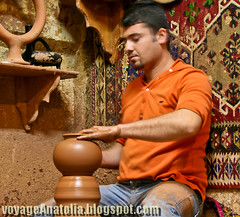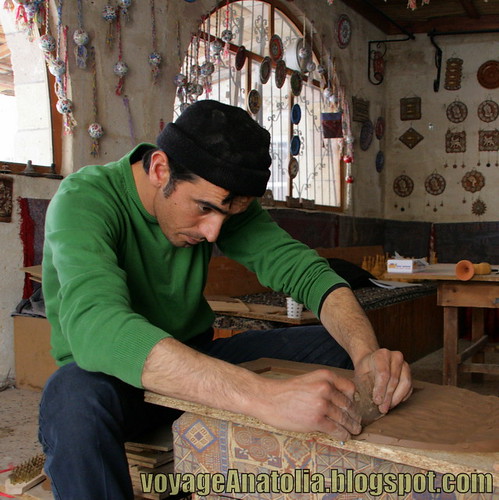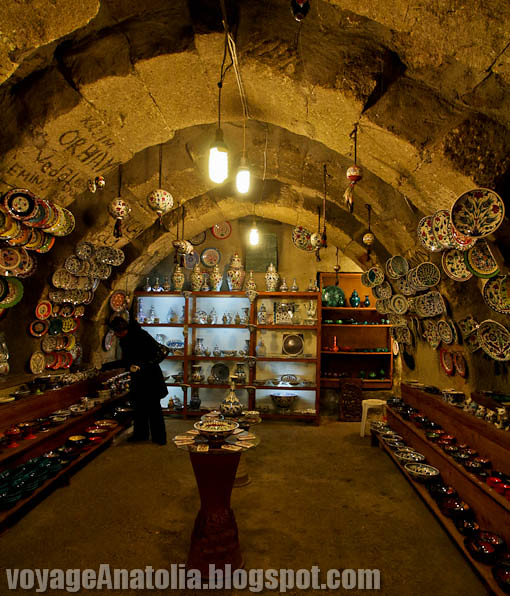A yurt is a portable, bent wood-framed dwelling structure traditionally used by Turkic nomads in the steppes of Central Asia. The structure comprises a crown or compression wheel (tüýnük) usually steam bent, supported by roof ribs which are bent down at the end where they meet the lattice wall (again steam bent). The top of the wall is prevented from spreading by means of a tension band which opposes the force of the roof ribs. The structure is usually covered by layers of fabric and sheeps-wool felt for insulation and weatherproofing. The word "yurt" comes originally from a Turkic word referring to the imprint left in the ground by a moved yurt, and by extension, sometimes a person's homeland, kinsmen, or feudal appanage. The term came to be used in reference to the physical tent-like dwellings only in other languages. In modern Turkish the word "yurt" is used as the synonym of homeland. Photos : Turkish Yurt at the Castle of Nigde. Cicim: Traditional...







